Die Römische Villa als Indikator provinzialer Wirtschafts- und Gesellschaftsstrukturen
The investigation of the Roman villa and its economic structures in the western provinces of the Roman Empire has clearly shown that rural settlement developed at different paces and intensities that largely depended on the specific region in which a villa landscape was intended and created. The progress of Romanisation was strongly linked to the existence of pre- Roman infrastructure in a given region (e.g. Tres Galliae: Celtic; Narbonensis: Greek; Northern Africa: Punic). This existing infrastructure was at first acquired and successively intensified by the Romans. In its sum, the Roman villa economy was a complex and dynamic system that in its configuration vastly differed, according to the specific province. Still, the system essentially served clear functional purposes such as self-subsistence and, ideally, surplus production for the supply of the Roman military in newly conquered provinces. Besides that, the implementation of a villa landscape in a province, often carried by veterans and other groups of Italic origin, the Roman villa network took the role as a carrier of processes that evolve around the term Romanisation during the phase of Roman conquest and authority. German text with English summary.
{{comment.content}}
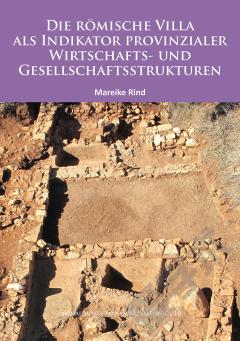
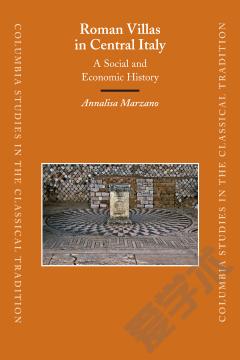
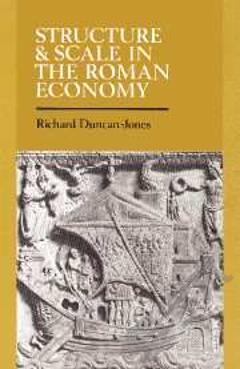
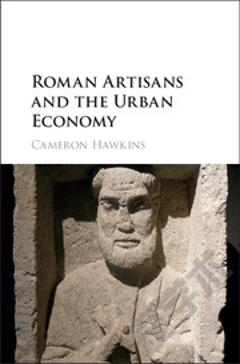
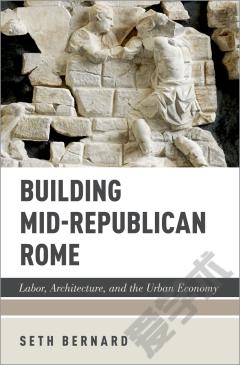
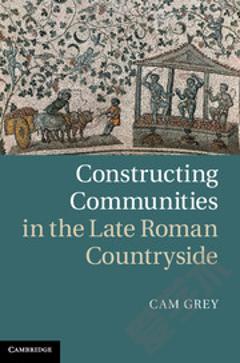


 京公网安备 11010802027623号
京公网安备 11010802027623号